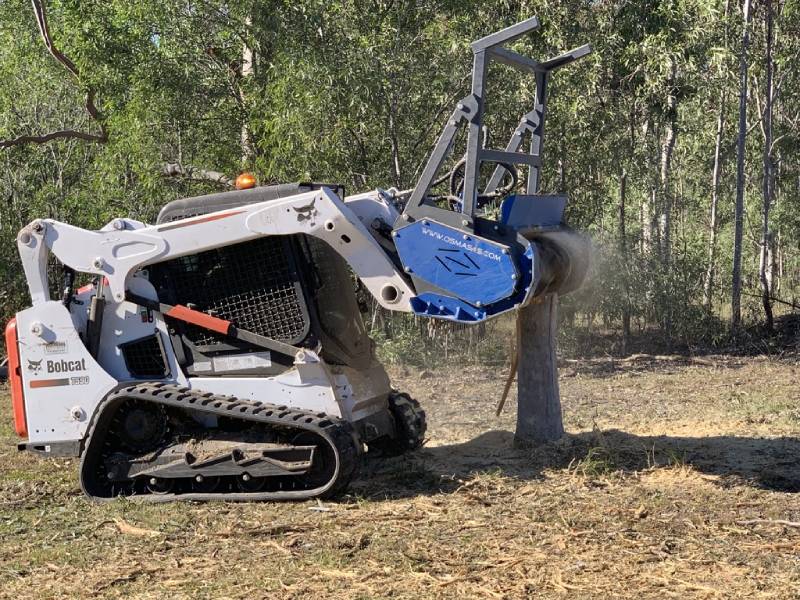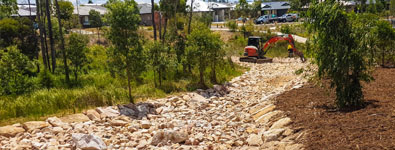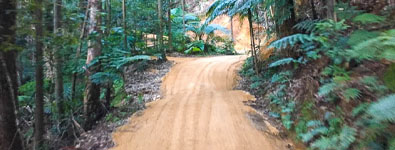The current nationwide bushfires in Australia are an unprecedented event in the country’s history. The impacts of these fires have been enormous, devastating hundreds of thousands of hectares, native wildlife, homes and human lives.
Fire management is key in fire fighting operations, handled by trained professionals and sometimes with military assistance.
This post will discuss the process of fire management in Australia and the services we can perform to assist in this process
What is fire management?
This is the process of planning, preventing and fighting fires to protect people, property and the forest/bush resource. It also involves fire to attain forestry, wildlife and land-use objectives. This process will be adjusted to suit the area of focus, dependent upon the landscape and wildlife in the area.
Everyone has a role to play in fire management including landowners, land custodians, councils and fire authorities.
Controlled burns are carried out in the cooler months. This is designed to safely manage the land and help regrowth within an area. The Aboriginal people of Australia are experts in this practice with thousands of years of experience. This practice significantly helps vegetation re-growth and restoration of food sources.

Wildfires typically start in hot, dry conditions and quickly burn through fuel on the ground, reaching tree canopies, causing huge damage and loss. This may be as a result of weather and climate conditions but, sadly, more often than not, they are deliberately lit by arsonists.
Fire trails are a key element in a fire management plan. These trails help make the difference for fire crews accessing fires in bushland and on large properties as well as the evacuation of residents in the area.
What are fire trails?
A fire trail is a rural road built specifically for the purpose of access for fire management purposes including building containment lines, back burning operations and fire fighting operations.
There are approximately 75,000 kilometers of fire trails in NSW alone, so it’s critical that these trails are maintained and new ones created to allow fire crews access to affected areas as required.
Our services conform to National Park standards (AS 2156-2001) and all safety codes in Australia.
In addition, fire breaks may be recommended to be constructed to protect property in the likelihood of a bushfires. We focus on providing these services with minimal impact to the environment.
Fire Trail Construction
Construction of fire trials is one of the most important parts of a fire management plan. As mentioned above, these trails provide access for fire crews to fight fires in remote areas of bushland and large scale properties.
A range of heavy equipment is used to create these trails, operated by our trained professionals. These include excavators, tipper trucks, bobcats and steer loaders.
Trails are constructed to meet state Rural Fire Services specifications including surfaces, drainage, carriageway width, formation width and corridor width.
Fire trails are constructed to be classified under a vehicle carrying capacity (VCC).
There a three (3) categories to be considered when constructing a trail being:
- Category 1 (or CAT 1) large 4WD fire tanker.
- Category 7 (or CAT 7) medium 4WD tanker.
- Category 9 (or CAT 9) small 4WD tanker.
In addition, approval must be given on the fire trail under the Bush Fire Hazard Reduction Certificate issued in accordance with the Bush Fire Environmental Assessment Code.
The trail must be approved by a qualified soil conservation practitioner.
Fire Tracking in Australia
Again, another critical part of a fire management plan is the tracking of fires.
State Rural Fire Services will use technology and visible inspections of areas to track fires and their severity. This information is typically shared between state organisations, news broadcasters and website alerts. Other organisations including NASA and the CSIRO track fires and share information with fire crews.
Fire Spotters will also be deployed to Fire Towers inside bushland areas to visibly monitor and report fires. They will track a fire and direct crews to the source as quickly as possible.
A fire management plan will assess areas and the risk of fire during the year to formulate an action plan and resources. These plans are documented and in place should a fire start.
In addition, if a fire becomes out of control in an area, authorities will advise residents and business owners to evacuate as quickly as possible to avoid injury or the loss of life. Fires can move rapidly and engulf property fast.
If you need assistance with fire management and fire trail construction and maintenance, please contact us to discuss how we can assist in the process at your location.
Related Tags: Fire Management , Fire Trail Construction
References:
NSW Government – Fire Management Strategies – https://www.environment.nsw.gov.au/topics/parks-reserves-and-protected-areas/fire/fire-management-strategies
NSW Rural Fire Service – https://www.rfs.nsw.gov.au/plan-and-prepare/fire-trails/fire-trail-register





















